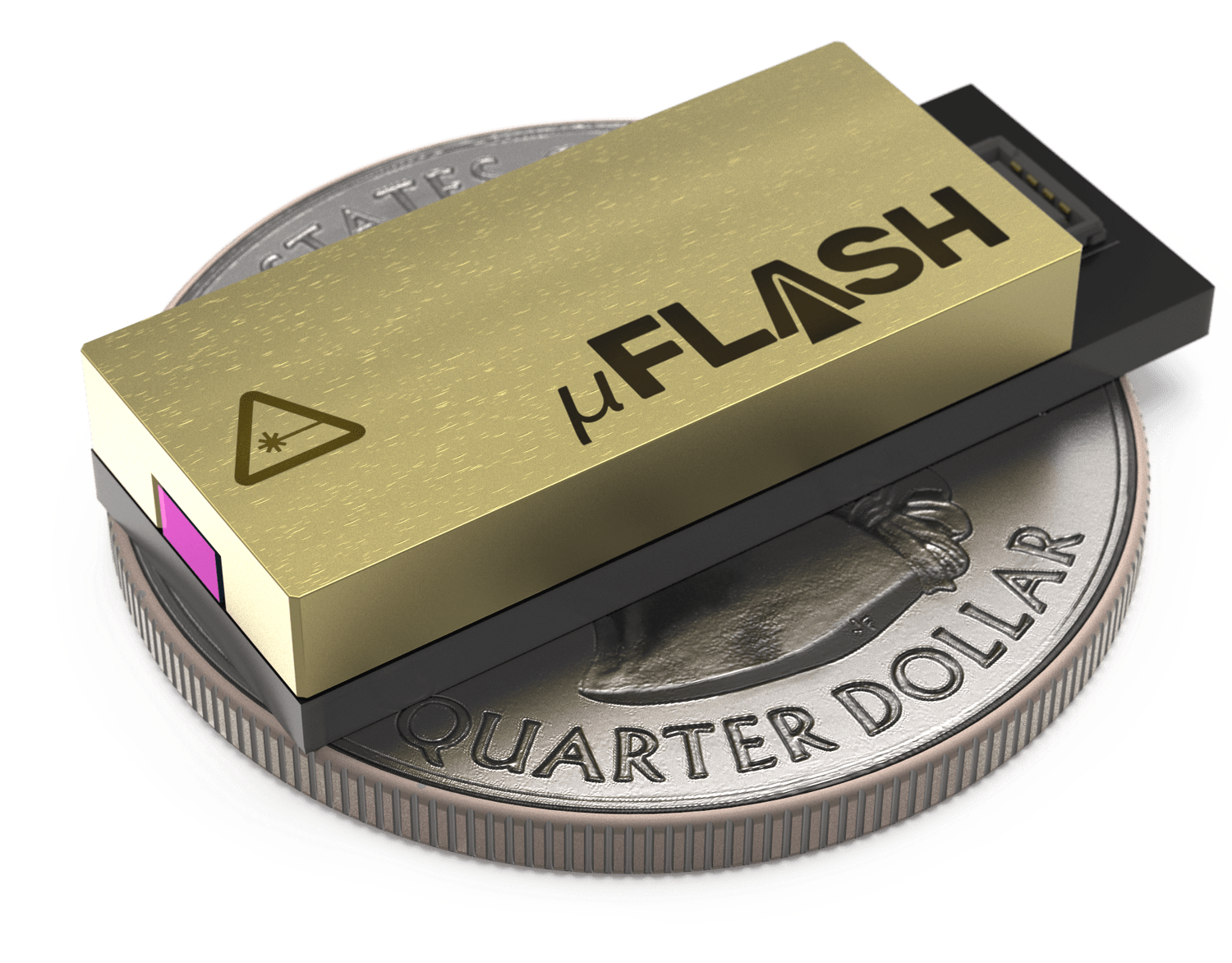Stationary Terrestrial LiDAR

Stationary Terrestrial LiDAR, also known as Static Terrestrial LiDAR, is a technology used for non-contact 3D mapping and monitoring of stationary objects and environments. Unlike traditional mobile LiDAR systems mounted on vehicles, stationary LiDAR setups are fixed in a specific location. These systems utilize laser beams emitted from a stationary unit to measure distances and create detailed 3D point clouds of the surrounding area.
LiDAR (Light Detection and Ranging) uses ultraviolet, visible, or near-infrared light to map and image objects; a narrow laser-beam can map physical features with very high resolution. It can target a wide range of materials, including non-metallic objects, rocks, rain, chemical compounds, aerosols, clouds, and even single molecules.
A
LiDAR unit sends a laser beam of light out, then watches for the
reflection. But looking at the time of light travel, the LiDAR unit can
determine the distance, which is divided by two to determine the
distance from LiDAR unit to the object, but the true usefulness of LiDAR
is not a single distance measurement, but rather 100’s or millions over
a range of up to 360 degrees. Many LiDAR units contain many lasers to
increase the scan speed, and scanning can have movable mirrors or
sometimes no movable parts at all.
Terrestrial applications of LiDAR happen on the Earth's surface and can be both stationary or mobile. Stationary terrestrial scanning is most common as a survey method, for example in conventional topography, monitoring, cultural heritage documentation and forensics.
1550nm laser sources are being used for stationary terrestrial laser scanners most of the time. This wavelength is popular for this application, because it is more eye safe, even though room-temperature indium-gallium arsenide sensors are required, which cost more. Lasers used for stationary terrestrial LiDAR scanners can vary in power levels, as the more output power the laser has, the longer distance can be measured.
Relevant Products
1030 nm Laser
Spectral line width FWHM, nm: 0.7
Output power, mW: As per request
Power stability, % (RMS, 8 hrs): 0.5
Pulse-to-pulse stability (RMS of peaks): 10
Warranty, months (op. hrs): 14 (10000)

1030 nm Nanosecond Q-Switch Laser
Spectral line width FWHM, nm: 0.7
Pulse energy, µJ: 100
Pulse-to-pulse stability, %: 20
Warranty, months: 14 (Limited)

1030 nm SLM Laser
Spectral line width FWHM, pm: 0.8
Output power, mW: As per request
Power stability, % (RMS, 8 hrs): 0.5
Pulse-to-pulse stability, % RMS: 2
Warranty, months (op. hrs): 14 (10000)
